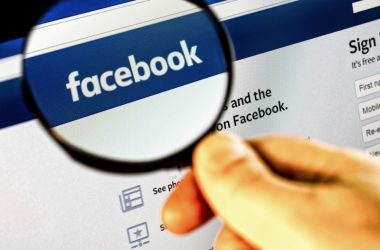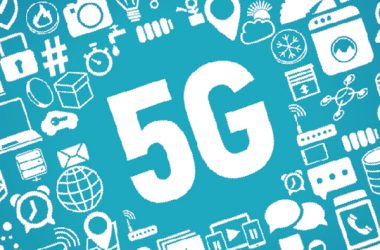
Most of the time, what we coin as new technologies are just standard improvements on older versions in the steady move of progress. However, there are some truly new ones that have the power to make you sit up and take notice.
The other day, CPI’s circulation manager asked me if I knew about QR codes. Though I had heard about them some time back, and even have memories of many people who mentioned the technology during conversations, I had to accept (ashamedly) that I did not know everything there was to know about it yet. I asked him for some time to read up on the technology and its potential and get back to him. He, being generous, agreed to give me the time.
So then I went back to the trusty Google and started reading about QR codes. And what I found took my breath away (being the closet geek I am!).
First, let us look at what a QR code is. According to Wikipedia, a QR or Quick Response code is “a specific matrix barcode (or two-dimensional code) that is readable by dedicated QR barcode readers and camera telephones. The code consists of black modules arranged in a square pattern on a white background. The information encoded may be text, URL or other data.” (To see what a QR code looks like, scroll to the bottom of this post.)
The QR code was invented in Japan in the mid 90s and found an easy following in high technology centres of the world including South Korea. While initially it was meant for use in the manufacturing sector, QR codes have developed to find a place in more commercial applications, as well as user oriented consumer applications, especially among the increasing number of people toting smartphones.
So much has this technology grown in stature that experts noted a 1200% increase in scanning from July to December 2010. According to this infographic, 57% of Facebook and Twitter users said they had scanned a mobile bar code at least once in the past year, while as many as 40% had done so five or more times in the past year.
As the technology becomes more easily available and readily accepted – and a large portion of that is down to the fact that QR codes don’t have licences attached to them, can be created with ease and read with free apps available to most smartphones – some stunning examples of their usage have come to the fore.
Key among them is The World Park campaign in Central Park, New York (watch a video on that here) and Tesco’s ingenious use of QR technology to increase the strength of its brand in South Korea (watch a video on that here).
These examples simply set the tone. You can add QR codes just about anywhere you want. This site identifies 37 different elements on which you can add or use QR codes. Not all of them might be specifically useful to your organisation, but it does give an idea of the enormous potential that these codes possess in spreading the news and becoming a potent marketing tool.
Unlike many other technologies, QR codes have the capability to become ubiquitous in our daily lives. Used right, QR codes can enable companies to communicate more directly and intimately with its target audience. At the other end, consumers can access information about their favourite products, brands and stores without having to try too hard.
There are several free apps that allow you to create your codes without much trouble. To start off, you can include QR codes on:
- Your business cards – linking straight to your website
- Your advertising campaigns – where each ad can have a code leading straight to a URL or provide additional data
- Your products – add them to exterior packaging to enable potential customers to get more information on the products inside
- Your conference and other events booklets – include them in event literature so delegates can get all the information they need straight on their smartphones
- Your marketing material – QR codes can be included on everything from t-shirts to mugs, and provide a consistent marketing tool in less space
Many companies in the US and Western Europe have already adopted QR codes widely, and it has become mainstream in many newspaper and print ads, as well as online campaigns. It is only a question of time before more firms in the region pick up the technology. Considering the high penetration of smartphones in the Middle East, QR codes will become an invaluable marketing tool for companies across verticals.
The only question is – who is going to be the first mover? Whoever it is, my money is on them.
Side note: After having gathered all this information on QR codes, I went back to my circulation manager for an involved discussion on the codes and how they can be used across brand CNME to make us a ‘first mover’ of sorts. We are still discussing that. Meanwhile, try your hand at the below QR code.
To read this QR code:
- From your iPhone or Android smartphone search for a free QR code reader in the app store
- Download the free QR code reader app
- Scan the above code using the app you have downloaded
Don’t forget to let us know what you found, and what you thought of it. Write into sathya@cpiduabi.com.






